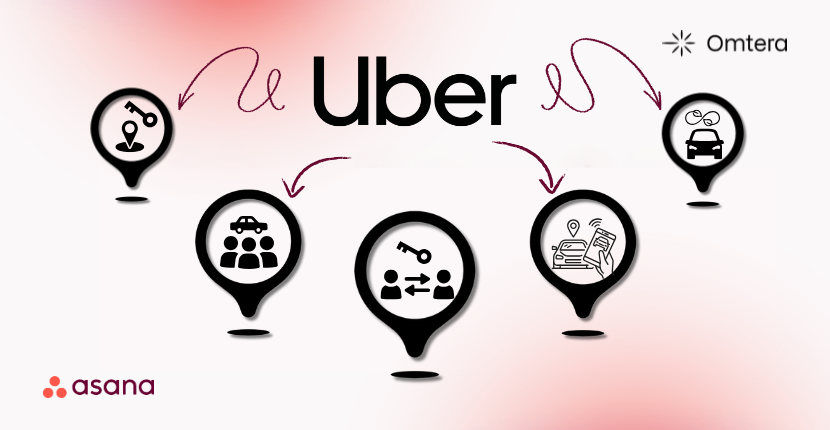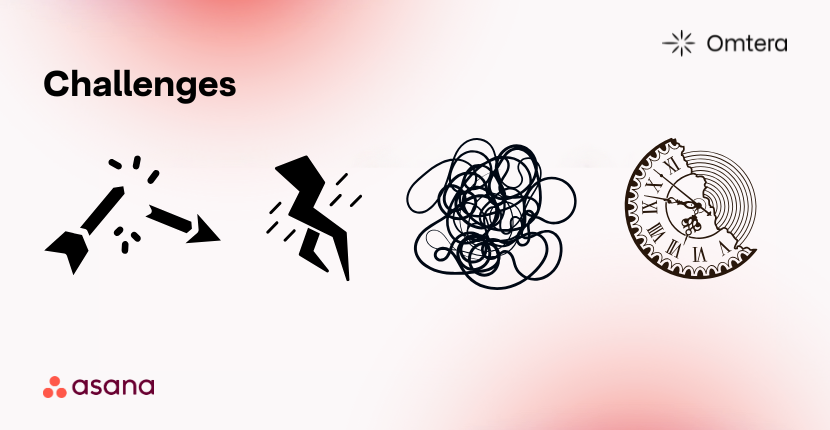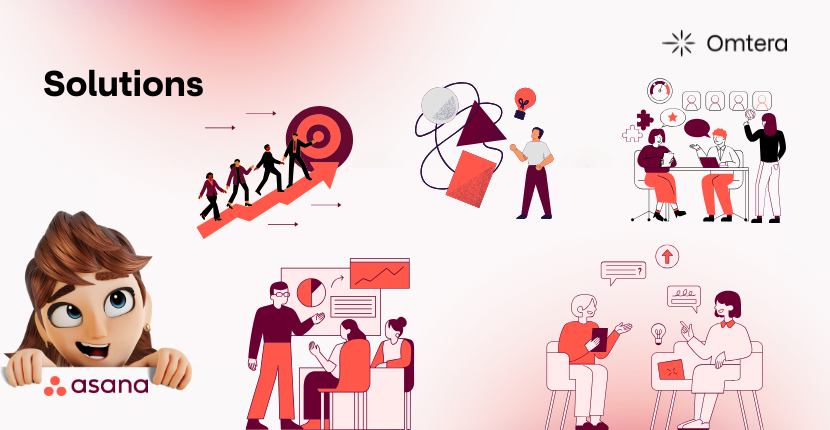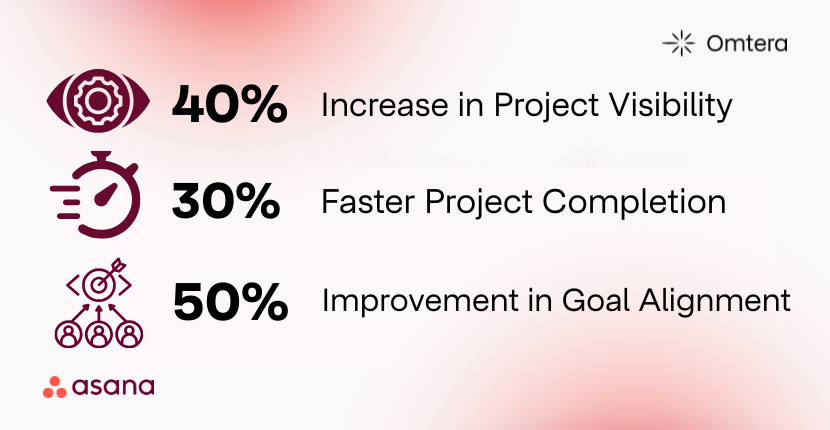How Uber Built a Blueprint for Business Success with Asana
.svg)
.svg)
.svg)
.svg)

Here’s the story of how Uber meets Asana for better results and the journey of success.
Uber, a global leader in mobility, is constantly innovating to provide seamless and efficient transportation solutions that extend far beyond its ride-sharing roots.

A prime example of this forward-thinking approach is Uber Carshare, a dynamic peer-to-peer car-sharing service in Australia. This platform empowers car owners to safely and easily rent out their personal vehicles, turning a typically depreciating asset into a flexible source of income.
For renters, it unlocks convenient, on-demand access to a wide variety of vehicles right in their neighborhood, perfectly embodying Uber's commitment to creating smarter, more sustainable, and community-focused urban living.
This model not only reduces the reliance on personal car ownership but also promotes a more efficient use of existing resources, contributing to less congestion and a smaller environmental footprint.
As Uber Carshare's popularity surged, its internal teams began to feel the strain of rapid expansion.

The operational frameworks that worked for a smaller startup were buckling under the pressure of scale, leading to significant hurdles that threatened to stall their growth trajectory.
Their key challenges were deeply interconnected:
To dismantle these barriers and build a scalable foundation for growth, Uber Carshare turned to Asana, a powerful and intuitive work management platform designed to enhance team collaboration and provide organization-wide clarity.

By adopting Asana as their central hub for work, they were able to systematically address their core challenges:

The strategic adoption of Asana delivered tangible, quantifiable results for Uber Carshare, empowering them to overcome their growing pains and scale effectively:
With Asana as their work management hub, Uber Carshare is now well-positioned to continue its expansion across Australia, confident in its operational ability to manage sustainable growth and drive continuous innovation.

Uber Carshare's success story is a powerful testament to what's possible with a well-implemented work management solution. However, adopting a new tool and fundamentally optimizing workflows can be a complex undertaking. That's where Omtera comes in.
As an Asana Platinum Solution Partner, we empower organizations to unlock their full potential. We don't just sell software licenses; we partner with you to provide comprehensive, end-to-end solutions tailored to your unique operational needs. Here’s how we can help you:
Ready to transform your team's productivity and write your own success story? Contact Omtera today for a consultation.
1. What is Asana?
Asana is a work management platform designed to help teams organize, track, and manage their work. It goes beyond simple task management by providing a flexible and powerful system for everything from small projects to large, cross-functional strategic initiatives. Its core philosophy is to provide clarity on who is doing what, by when, and how that work connects to the company's overarching goals.
2. How can Asana benefit my company?
Asana improves clarity, accountability, and collaboration across the entire organization. It helps centralize communication, eliminating information silos and reducing reliance on email. By tracking project progress in real-time and aligning everyone's work with your company's strategic goals, Asana leads to dramatically increased efficiency, faster project completion, and more engaged, motivated teams.
3. Why should I work with an Asana partner like Omtera?
While Asana is user-friendly, a certified partner like Omtera helps you unlock its full potential and achieve a faster return on your investment. We provide expert guidance on industry best practices, advanced workflow automation, and complex integrations. We help you avoid common implementation pitfalls and ensure Asana is configured to solve your specific business challenges, not just serve as a generic task list.
4. What is Workino, and why is it important for data migration?
Workino is Omtera's proprietary data migration tool, expertly designed to make the transition from other project management platforms to Asana a seamless, secure, and reliable process. Manual data migration is risky, time-consuming, and often results in lost context or data. You can automate this entire process with Omtera’s Workino, ensuring all your valuable historical data is transferred with complete integrity, saving you time and providing peace of mind.
5. How do I get started with Omtera?
Getting started is simple. Visit Omtera contact page and fill out the brief form. One of our Asana experts will promptly get in touch to schedule an initial consultation. During this call, we'll listen to understand your needs, discuss your goals, and outline how we can partner with you to help your organization succeed.
.svg)
.svg)